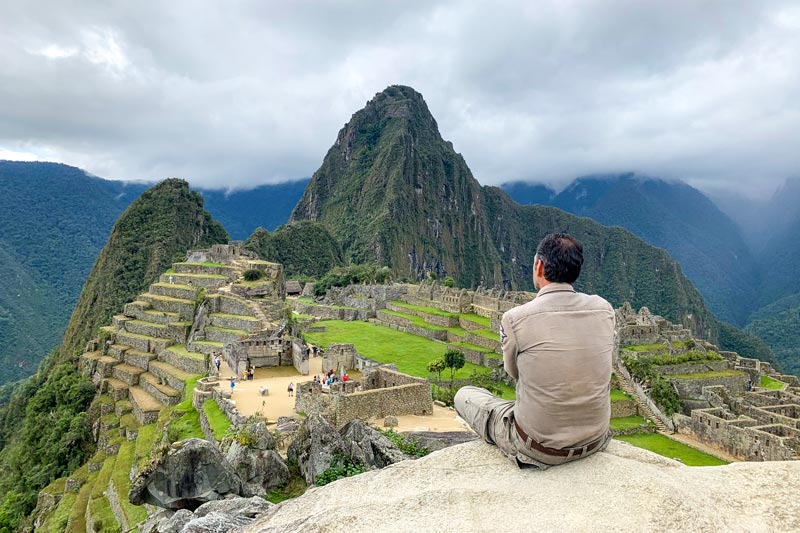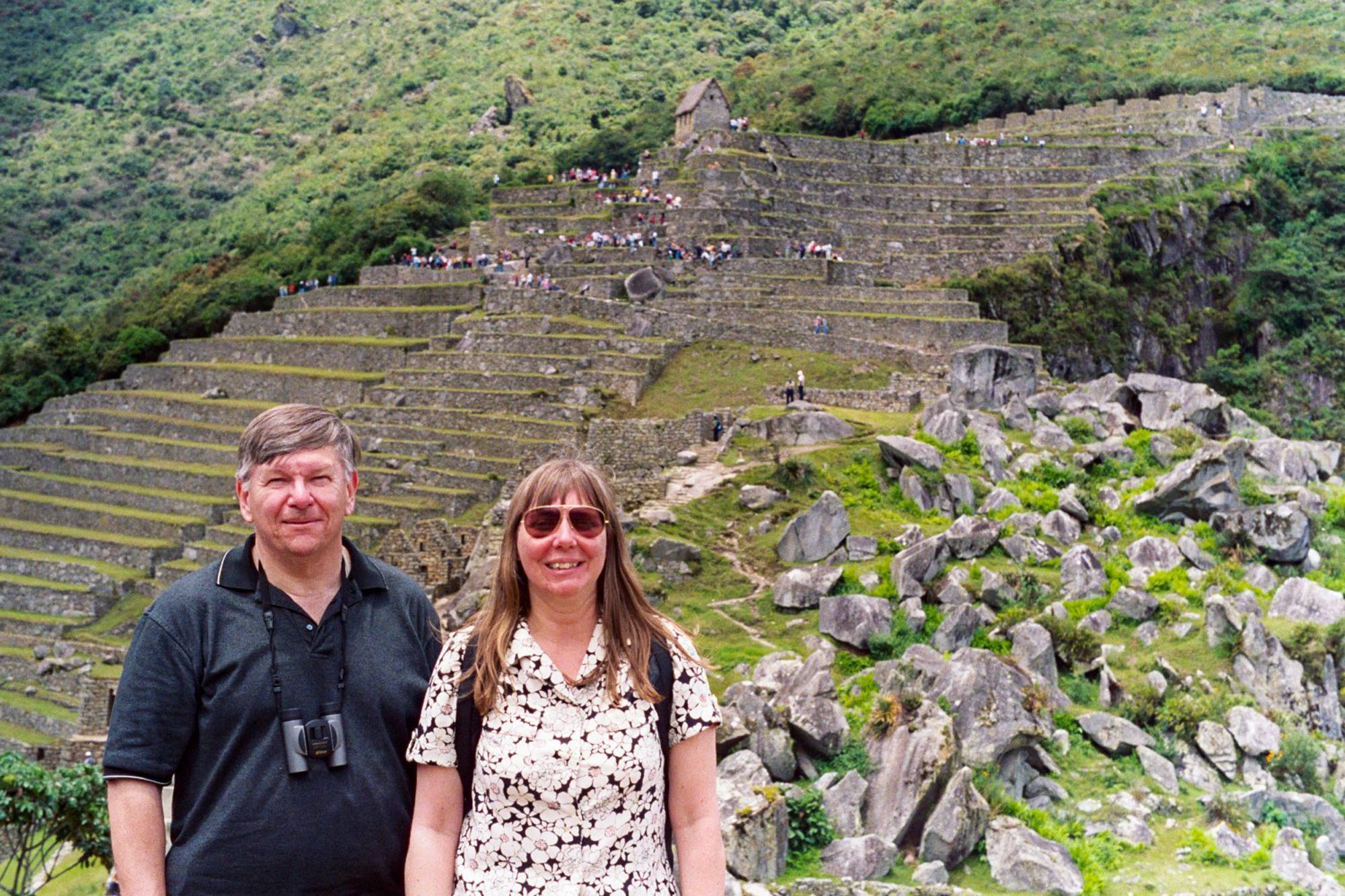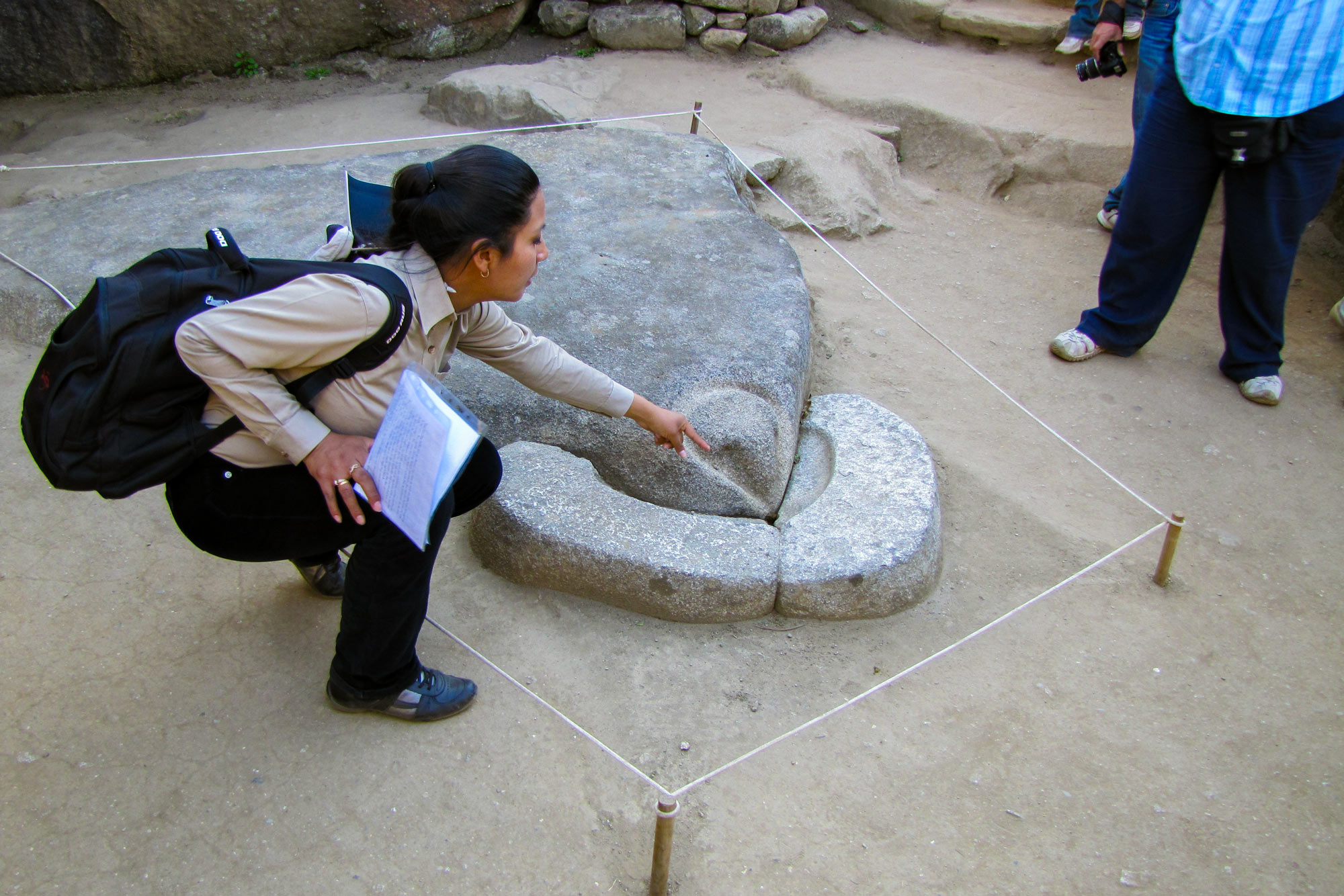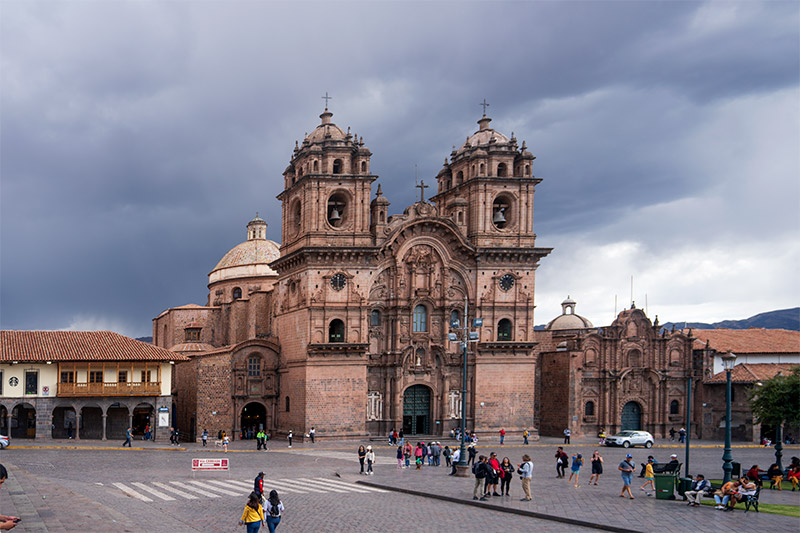Free time on your trip to Machu Picchu
People who visit the Inca city of Machu Picchu in Cusco, Peru, often forget the importance of free time during their trip. A vacation in a country as diverse as Peru means your daily visit is packed with activities and exciting excursions, but don’t forget to take some time to recover from the trip and adapt not only to the altitude, but also to the new time zone and culture of a country as diverse as Peru; or simply to enjoy the wonderful views and scenery. Below, we present some reasons why you should include some free time on your trip to Machu Picchu, Peru.
- Why is free time important?
- Important information for your trip to Machu Picchu
- Best activities to do in your free time while traveling to Machu Picchu
- Free time to explore Machu Picchu on your own
- Frequently Asked Questions
Why is free time important?
It will allow you to regain strength
Arriving at Machu Picchu, often from the other side of the world, can be very tiring and may disrupt your sleep patterns. Therefore, we recommend allowing enough time to rest to fully enjoy your trip. Plan at least one rest day in your itinerary after arriving in Cusco; this way, you’ll regain your strength. A good night’s rest can also help you avoid acute mountain sickness or altitude sickness and prepare you for what lies ahead, especially if you plan to reach Machu Picchu via the Inca Trail.
It will allow you to tackle any of the routes to get to Machu Picchu
If you’ve decided to reach Machu Picchu via the Inca Trail, the Salkantay Trek, or the Inca Jungle Trail, make sure you have some free time before venturing onto any of them. Skipping this step could, in addition to extreme fatigue, lead to altitude sickness, which would require you to alter your itinerary to avoid further complications.
Discover new places and emotions
During your stop before Machu Picchu in Cusco, you’ll learn much more about Andean culture and historic buildings that will make your trip even more enriching. Furthermore, Cusco, surrounded by nature and valleys, offers you the opportunity to explore the area amidst beautiful landscapes and tranquility, ideal for acclimatization days.
Cusco is located at an altitude of 3,399 meters above sea level, which can be quite a shock when you arrive. One of the most recommended experiences is to spend the first few days of your trip in the Sacred Valley to acclimatize. This place is located at an altitude of approximately 2,050 to 3,000 meters above sea level, making it an ideal place to explore magical towns such as Pisac, Urubamba, Ollantaytambo, and Calca.
Important information for your trip to Machu Picchu
Adapt to your environment
Having some free time will allow you to adapt not only physically but also mentally to the new environment you’ll find yourself in. During this adjustment phase, there are some aspects you should pay special attention to so you don’t experience any discomfort during your trip. One of the best plans for your first few days of travel and acclimatization is to take short walks around the city, visiting museums, restaurants, or viewpoints.
Time Zone Change
If you’ve traveled from outside the Americas, you’re likely to experience jet lag symptoms (a temporary disruption of bodily functions after a long flight). Jet lag symptoms include extreme fatigue, headaches, and stomach upset. It’s also caused by traveling to a different time zone than usual.
How to avoid jet lag?
Upon arrival in Cusco, you should avoid heavy meals and strenuous activities, especially before bedtime. Expose yourself to sunlight, as it will help regulate your biological clock. There are many ways to avoid being affected by the time zone change; however, in Cusco, it is very common to drink coca tea (a coca leaf infusion), as it is a powerful relaxant and digestive aid. It will not only help with the symptoms of jet lag but also prevent altitude sickness.
The height of the City of Cusco
The rugged geography of the Cusco department makes it possible to experience a variety of altitudes. The Cusco airport, for example, is located at over 3,300 meters above sea level, while the Inca city of Machu Picchu is just over 2,400 meters above sea level. Having some free time will allow you to avoid health problems caused by elevation changes, especially if you are coming from cities near sea level.
Proper acclimatization will help you significantly minimize the risk of altitude sickness (soroche), the body’s natural reaction to changes in altitude. Once you’ve acclimatized to the altitude of Cusco, you shouldn’t have any problems with the altitude at Machu Picchu. Before arriving in Cusco, read about altitude sickness and how to combat it.
Temperature and solar radiation in Machu Picchu
Your body needs to adapt to the temperatures in Cusco, whether you’re coming from warmer or colder climates. Also, remember that Peru’s proximity to the equator makes for pleasant weather, but also results in higher levels of radiation, so it’s advisable to protect yourself from the sun; a hat, sunglasses, and sunscreen will suffice. Sitting in the sun without moving will not help your body acclimatize to the heat. It’s best to take short walks, but be careful not to overexert yourself.
| Characteristics of the City of Cusco | |
|---|---|
| Category | Characteristics |
| Meaning | From the Quechua “Qosqo”, which means “navel of the world”. |
| Location | Cusco is the capital province of the department of the same name, located in the Andes Mountains. It was also the capital of the Inca Empire. |
| Altitude | 3,399 meters above sea level. |
| Climate | Dry season (April-October) and rainy season (November-March). |
| Architecture | Inca and colonial fusion. Sacsayhuamán, Qoricancha and the Cathedral of Cusco stand out. |
| Best | Attractions Machu Picchu, Ollantaytambo, Pisac, Chinchero. |
Best activities to do in your free time while traveling to Machu Picchu
To enrich your travel experience to Machu Picchu, we will offer you the best options for your free time. The destinations mentioned will immerse you in relaxing tours to avoid any fatigue or discomfort. Discover them:
- Visiting museums, one of the best historical and cultural activities you can do in Cusco is to visit its museums. This way, you can discover more about its culture and broaden your horizons when visiting Machu Picchu. Most museums are within walking distance of the city center, making it an ideal option. Among the most popular are the Casa Concha Museum, the Regional Museum, the Inca Museum, and the Museum of Pre-Columbian Art.
- Tours of viewpoints, a much quieter activity is to just stop and observe the impressive landscapes that Cusco has to offer. You don’t need to travel for long, most of them are located behind the center of the city, where you can share a moment with friends with some drinks or snacks, having the first glimpses of the magic of this incredible place.
- Explore nature, just a 25-minute drive from the city center, you can explore the natural surroundings of Cusco. These are moments where you can relax, have a light picnic, perhaps have a picnic, or simply explore the area to learn more about the biodiversity of this region. At sunrise or sunset, you’ll find unique views that will enhance your adventure.
- Discovering Cusco’s gastronomy and the diversity of cafes, restaurants, and bars will immerse you in a wide range of new flavors and emotions. Plus, most of them offer stimulating spaces to delight not only your palate, but also your ears with a few songs or your eyes with natural, scenic, and even artistic panoramas.
- Cultural activities, Every day in Cusco, you’ll find cultural activities to broaden your understanding of the culture this region offers. From visiting cultural centers and theater, seeing artistic and dance performances, or catching a small concert in downtown bars.
Free time to explore Machu Picchu on your own
If you’ve already taken the necessary steps to adapt to the surroundings of Machu Picchu, all that’s left is to enjoy your vacation. Discover the hidden gems of the Imperial City of Cusco and the town of Aguas Calientes on your own; you’ll find cafes, bars, parks, hidden traditional streets, and more.
Here are some of the activities you can do during your downtime before your trip to Machu Picchu, but remember first and foremost, the most important thing is to have a good amount of rest time.
- Taking a walk through the Historic Center of Cusco.
- Read a book in Cusco’s Plaza de Armas.
- Taking a car ride through the Sacred Valley of the Incas.
- Visit the central market.
- It’s your turn to go out and explore, but remember to get plenty of rest.
Plan your own trip to Peru and Latin America. And contact us at info@boletomachupicchu.com to secure your Machu Picchu Ticket, in any version. Remember that Machu Picchu has a limited number of daily admissions. Please book in advance.
Frequently Asked Questions
1) How long do I need to acclimatize in Cusco before going to Machu Picchu?
You need at least one or two days, this adaptation period helps you reduce the risk of suffering from soroche (altitude sickness).
2) What can I do during my acclimatization days?
You can do light activities like visiting museums, walking through the historic center, enjoying the local cuisine, or relaxing at nearby viewpoints, without pushing yourself.
3) How does the time zone change affect my trip?
Jet lag can disrupt your sleep, causing fatigue and affecting your digestion. It’s important to have some free time to adjust to a new rhythm before embarking on more intense activities.
4) What measures help combat jet lag in Cusco?
Avoid heavy meals, sunlight exposure, and always stay hydrated. Many people also turn to coca tea.
5) Is it necessary to be in good physical condition to visit Machu Picchu?
Not necessarily, because there are accessible routes without the need for physical effort, although if you choose options like the Inca Trail, good preparation is essential.
6) How does Cusco’s altitude affect visitors?
Altitude can cause physical discomfort, especially if you’re arriving from areas at sea level. Therefore, a period of adaptation and avoiding excessive exertion during the first few days are essential.
7) What relaxing activities can I do in Cusco?
You can read in a plaza, have a coffee overlooking the city, have a picnic in a natural setting, or attend events.
8) Where can I enjoy panoramic views in Cusco?
The San Cristóbal, Sacsayhuamán, and Cristo Blanco viewpoints are the most popular, offering spectacular views of the city, and the best part is that they’re close to the center.
9) What places should I visit in Cusco during my free time?
In addition to Machu Picchu, you should visit Qoricancha, the Cathedral, Sacsayhuamán, the San Pedro market, and traditional neighborhoods like San Blas.
10) Should I book my visit to Machu Picchu in advance?
Yes, the number of daily visitors is limited, so we recommend booking your entrance ticket, train, and accommodation in Aguas Calientes in advance.
Advice from people who have been there
 By: Jarrod B.
By: Jarrod B.“The views are worth every step“
“I walked up from Cusco, about 25 minutes uphill. Yes, you can feel the altitude, but it is totally worth it. The stones are gigantic, you can't understand how they put them there. I stayed a while looking at the city from above, it is a brutal view. Bring water, sunscreen and a hat, because there is not much shade. I went back down another route and went straight to San Cristobal.“
By Ticket Machu Picchu – Last updated, July 5, 2025



